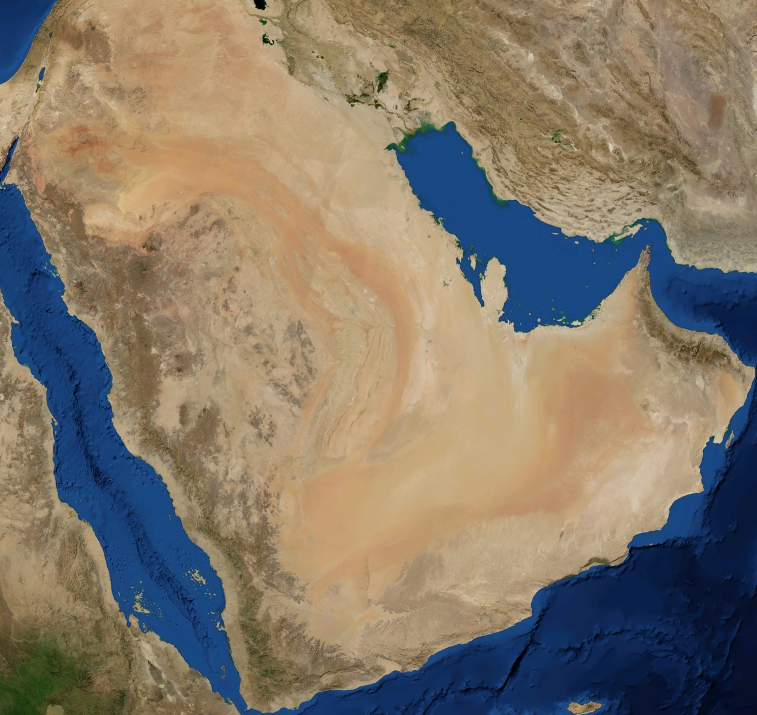Critical Ecosystem Partnership Fund to invest $9.8m in conserving Eastern Afromontane biodiversity
Funding to protect the unique biological diversity and vital ecosystems found in the southwestern part of the Arabian Peninsula is now available through a new conservation strategy and investment plan supporting environmental protection. The Critical Ecosystem Partnership Fund (CEPF), which funds nongovernmental efforts to conserve the world's most biodiverse and threatened ecosystems, launched a plan to invest $9.8 million over five years in conserving the Eastern Afromontane biodiversity hotspot. A launch event was held in Abha, Saudi Arabia, hosted by the Saudi Wildlife Authority and King Khalid University in Abha.

Funding to protect the unique biological diversity and vital ecosystems found in the southwestern part of the Arabian Peninsula is now available through a new conservation strategy and investment plan supporting environmental protection.
The Critical Ecosystem Partnership Fund (CEPF), which funds nongovernmental efforts to conserve the world's most biodiverse and threatened ecosystems, launched a plan to invest $9.8 million over five years in conserving the Eastern Afromontane biodiversity hotspot. A launch event was held in Abha, Saudi Arabia, hosted by the Saudi Wildlife Authority and King Khalid University in Abha.
The hotspot is made up of natural areas stretching from Saudi Arabia to Mozambique and Zimbabwe. Of the more than 10,000 species identified in the hotspot, almost one-third are unique to the hotspot. The hotspot provides massive ecosystem services that people rely on—particularly as watersheds for vast areas of the region, extending far beyond its formal boundaries. Its ecosystems also provide crucial support to agriculture and ultimately food security.
In the Arabian Peninsula portion of the hotspot, located in the mountains that parallel the coast of western Yemen and southwestern Saudia Arabia, 110 species of plants are known to be found only in this region, including the Centaurothamnus maximus, a member of the daisy family. Seven bird species are also unique to this part of the hotspot, such as the Yemen linnet, a species of finch. The area also is important for migratory birds, with an estimated 1.5 million storks and birds of prey using the highlands of the Arabian Peninsula and Ethiopia as a flyway each year.
In the Arabian Peninsula, biodiversity is closely associated with agricultural landscapes such as the traditional terrace agriculture, which creates micro-climates that are favorable to plants and reptiles.
There is a substantial gap in terms of natural resources conservation between Saudi Arabia and Yemen. Protected areas and conservation efforts are strong in Saudi Arabia, and have yielded positive results, such as the reintroduction to the wild of the Arabian oryx (Oryx leucoryx). There are also 15 protected areas officially declared and managed in Saudi Arabia one of them, Raydah near Abha, is within the hotspot, as well as Asir National Park. On the other hand, Yemen has only six formal protected areas, and only three on the mainland. CEPF's strategy seeks to act on the opportunity that regional cooperation could provide to improve conservation and human well-being.
The Saudi Wildlife Authority, Yemen's Ministry of the Environment, biologists and other stakeholders from the peninsula provided data and helped guide CEPF's investment strategy.
CEPF will target its funding in the Arabian Peninsula to supporting civil society organizations working in Yemen on projects related to:
Mainstreaming biodiversity into wider development policies, plans and projects while supporting local livelihoods and economic development.
Improving the protection and management of the key biodiversity area (KBA) network throughout the hotspot.
Initiating and supporting sustainable financing and related actions for the conservation of priority KBAs and ecological corridors.
CEPF will call for grant proposals from civil society groups ranging from small farming cooperatives and community associations to international organizations working in the Arabian Peninsula.

